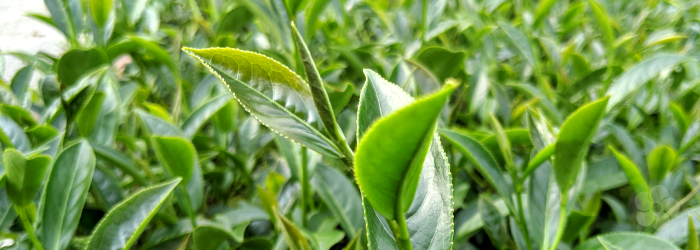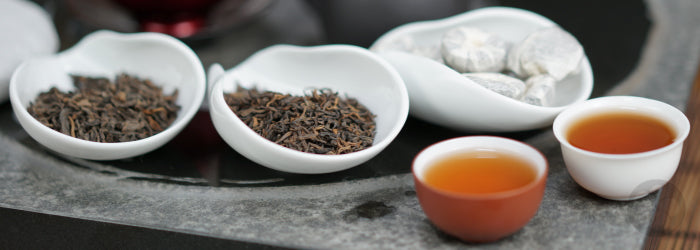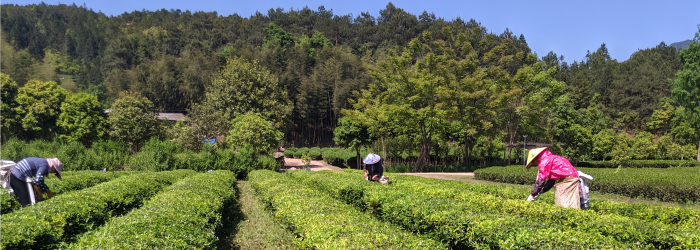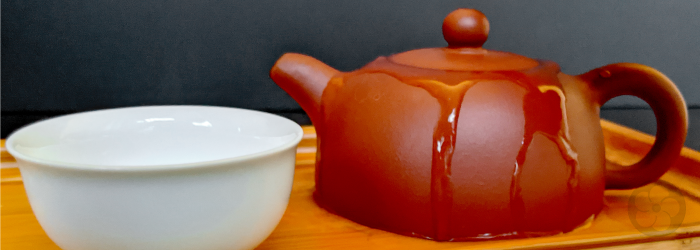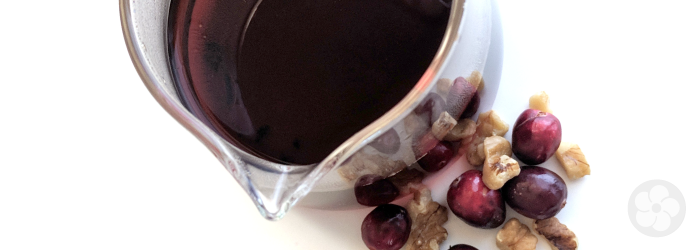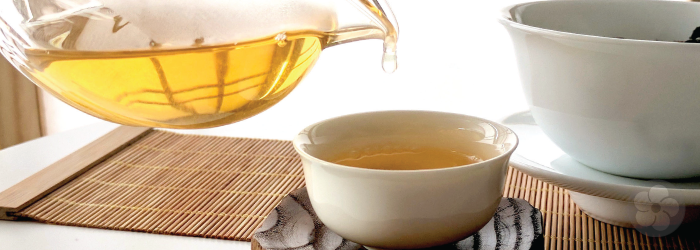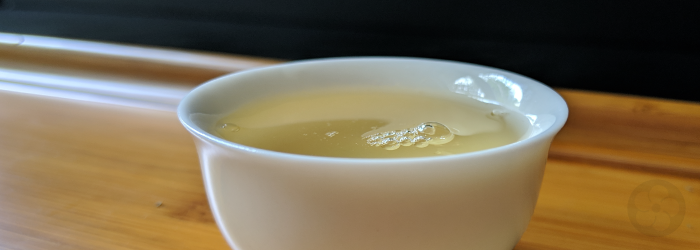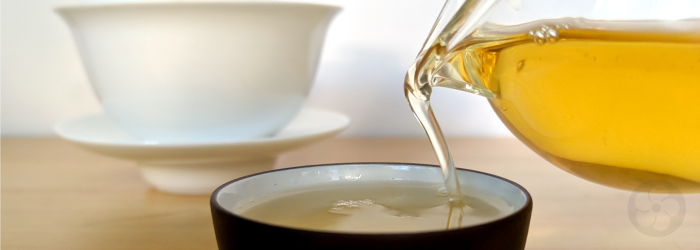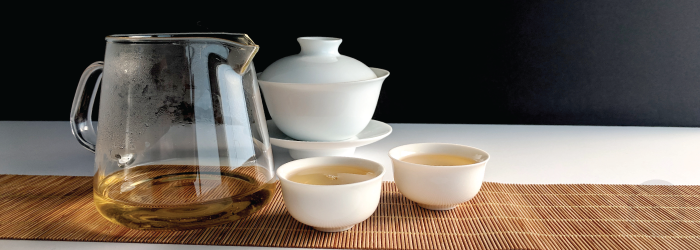When talking about pu-erh teas, we often discuss the difference between sheng teas, which ferment naturally during the aging process, and shou teas, which undergo accelerated fermentation to create a final product in much less time. Distinguishing between these two subcategories can make the overwhelming variety of pu-erh much easier to navigate, since the two types of fermentation can create distinct differences in flavor, mouthfeel, and even caffeine content.
Find out more about the difference between sheng and shou pu-erh teas >>
But this dichotomy can also be misleading, because there are many factors that influence the speed of fermentation beyond the conventional shou processing techniques. The natural fermentation that occurs with age can be affected by methods of initial processing as the fresh leaves are made into maocha, and by the climate and environment the tea is stored in during the aging process. Together, these factors create a full spectrum between the traditional opposites of sheng and shou teas.
Continue reading


